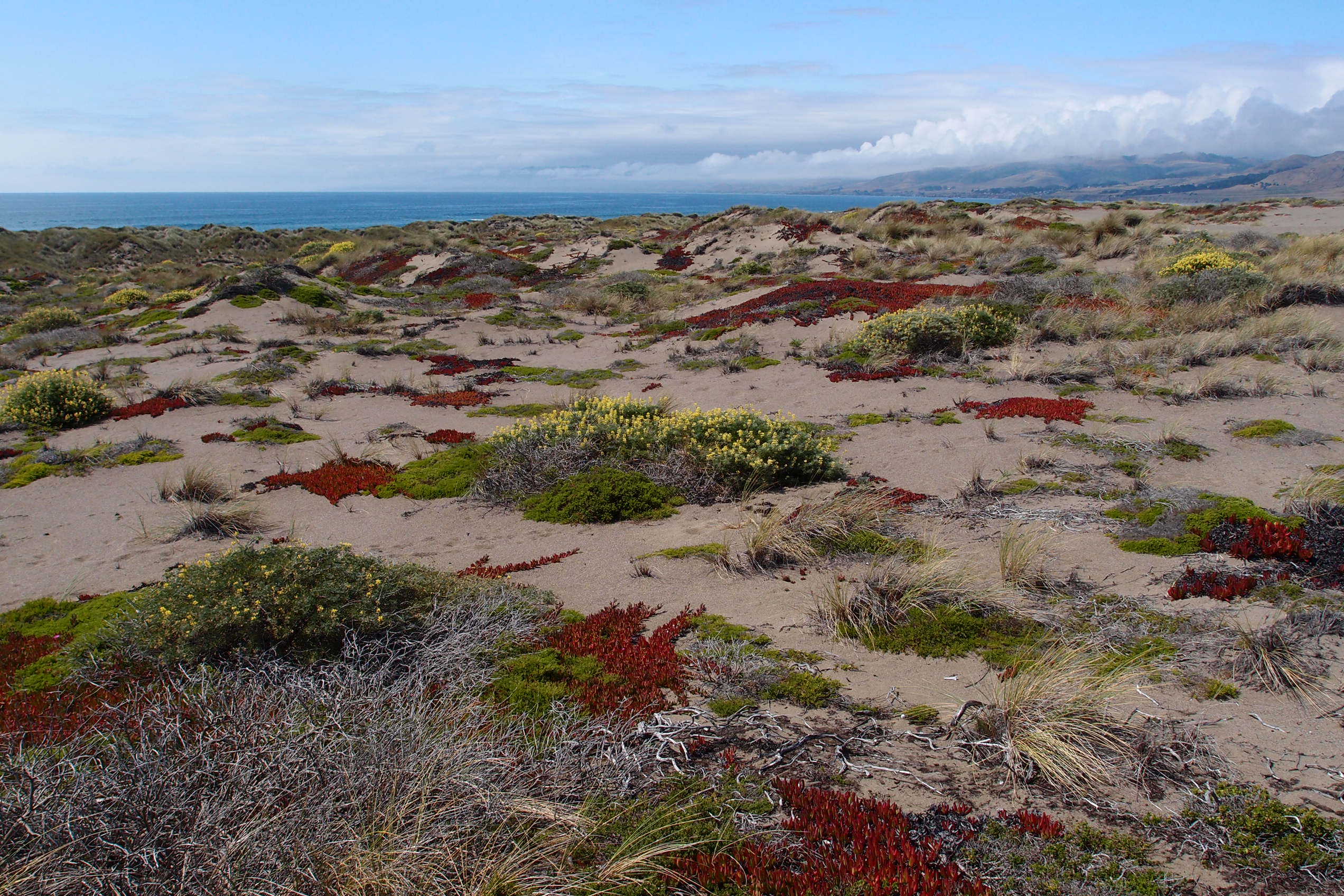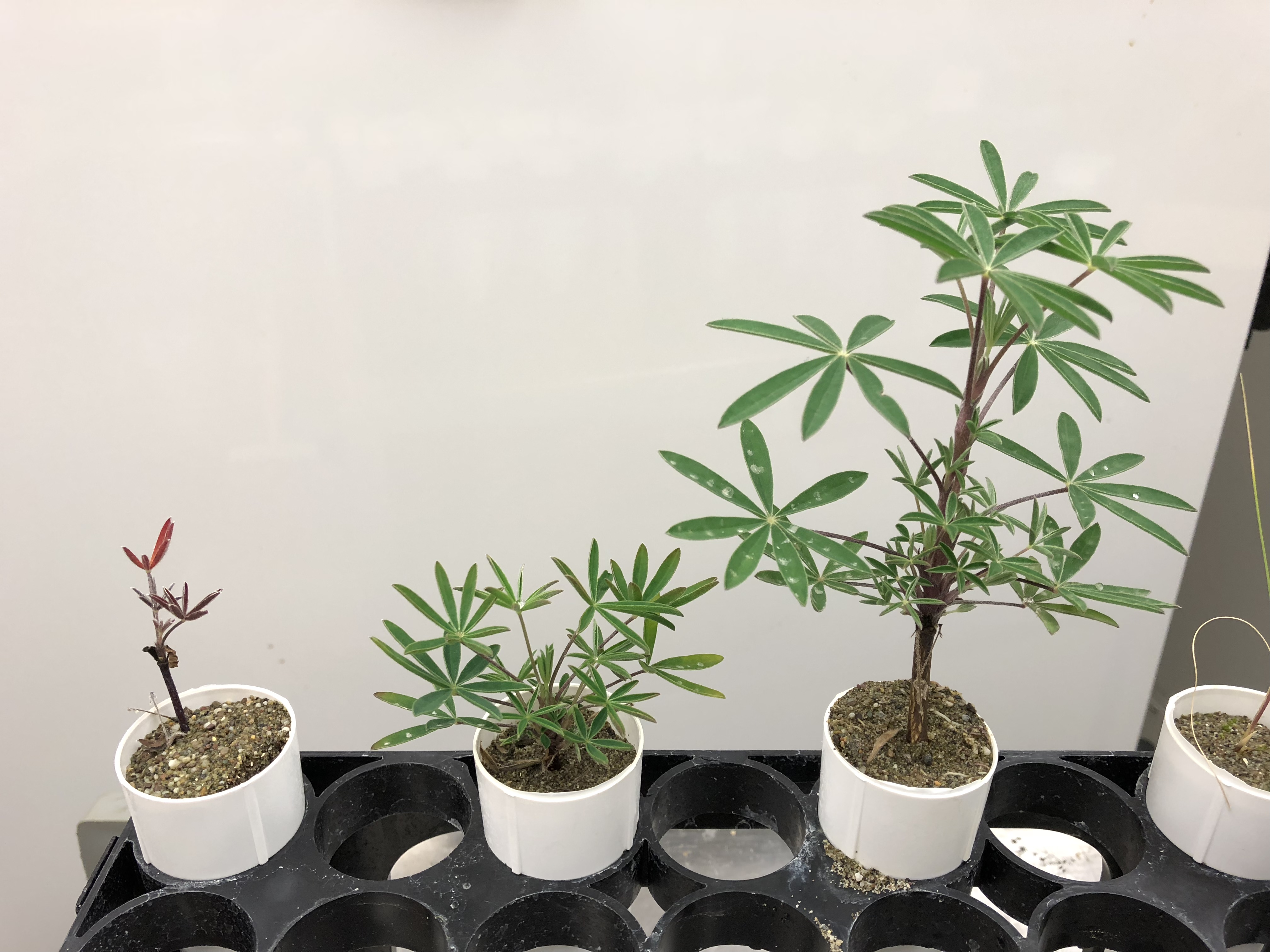Back
Temporal dimension of PSF


Plant conditioning of soil microbial communities is a time-dependent process, but how PSF strengths vary with the duration of soil conditioning and whether plants differ in their temporal development pattern of PSF remains unknown. This information is critical when predicting the consequences of PSF because plant individuals may experience different microbial effects depending on how long neighboring plants have conditioned the soil. In the past, we have tackled this problem with annual aerial photos of a Californian foredune ecosystem. Using GIS spatial analysis, we estimated the age of individual plants and reconstructed >20-year chronosequence of soil conditioning length for all four dominant plants in the community. With a combination of high-throughput sequencing and greenhouse experiments, we have shown that soil microbial communities are continuously turning over due to plant conditioning and the PSF resulting from these shifts in microbial communities exhibit different temporal patterns depending on the plant-soil combination (Ke et al., 2021, New Phytologist).
We have also tackled this research theme via theoretical models. Current models of PSF often make simplifying assumptions when describing soil microbial dynamics and plant demographic processes, obscuring the temporal factors that regulate how soil microbes affect plant communities. Our lab continues to develop models that incorporate different temporal dimensions of plant-soil microbe interactions. One example is that we developed a novel patch occupancy model to show that whether or not microbial effects are cross-generational critically affects the ability of host-specific pathogens to promote plant coexistence (Ke and Levine, 2021, The American Naturalist). This model highlights two key factors that determine the temporal extent of microbial effects: the plant demographic transition affected by soil microbes (i.e., ontogeny) and the decay rate of microbial effects between consecutive plant generations (i.e., interaction timing).
Our theoretical research has motivated us to design PSF experiments that better capture how plant-soil microbe interactions operate in nature. A common practice in PSF experiments is to transplant target species immediately after soil conditioning. However, for some plant communities, this is not an accurate representation of when plants interact with soil microbes, thereby biasing the estimation of microbial effects. We are developing PSF experiments, in ecosystems including the California chaparral and Taiwan’s subtropical forests, that better capture the decay process of PSF to understand their community-level consequences. By incorporating the natural demographic context into PSF experiments, we aim to improve our understanding of the role PSF plays in various systems.


